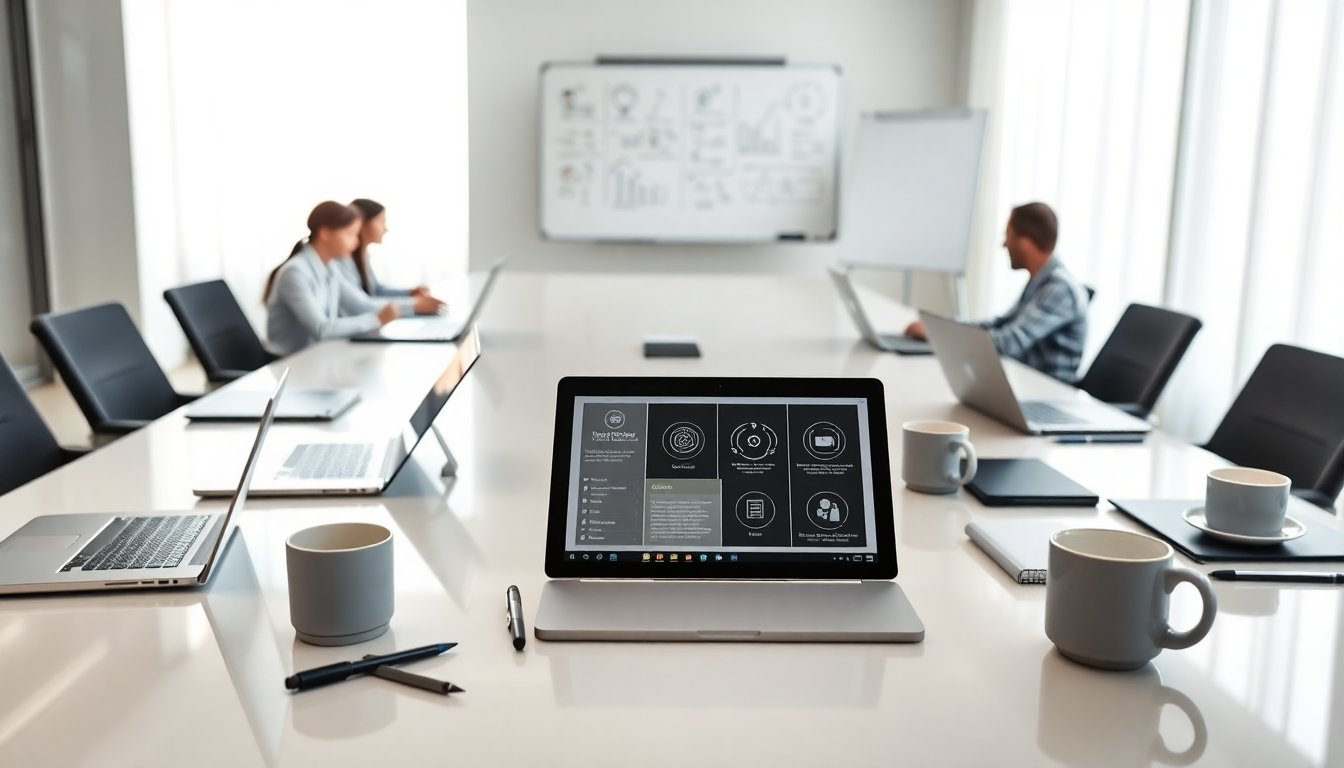Table of Contents
As artificial intelligence continues to integrate into our daily workflows, its presence in meetings has become increasingly common. Tools like Zoom and Google Meet now feature AI notetakers that promise to simplify the process of capturing important discussion points and action items. However, while these digital assistants may initially seem beneficial for productivity, they also raise significant concerns about privacy and the potential for unintended consequences. This article delves into the implications of AI notetakers, exploring the balance between their benefits and the risks they present.
The Functionality of AI Notetakers
AI notetakers operate by recording conversations in real-time and generating summaries that can be shared with participants post-meeting. For instance, Zoom’s AI Companion is identifiable by a diamond icon, while Google Meet employs a pencil symbol accompanied by an audio cue to alert participants of its presence. Although these indicators aim to provide transparency, many attendees may overlook them, leading to a false sense of security regarding the content being captured.
The core issue with AI notetakers lies in their inability to distinguish between professional dialogue and casual conversation. Consequently, remarks made in jest or personal anecdotes can inadvertently be included in formal summaries. This lack of context can lead to misinterpretations, where a light-hearted comment may be perceived as serious or inappropriate when stripped of tone.
Furthermore, the accuracy of these tools is not infallible. They may misinterpret jokes or misunderstand nuances, which can result in embarrassing situations when these miscommunications are disseminated among colleagues or clients. The challenge, therefore, is to leverage the efficiency of AI notetakers while safeguarding against the pitfalls of oversharing sensitive or personal information.
Strategies for Managing AI Notetakers
To navigate the complexities of AI notetakers effectively, it is essential to implement a few best practices. Firstly, always be mindful of when an AI notetaker is active by checking for the designated icons or audio cues. If you are the meeting host, consider limiting the use of AI notetakers to significant discussions where capturing detailed notes is genuinely necessary.
Moreover, it is important to control who receives the meeting summaries. Many platforms offer settings that allow hosts to designate specific recipients for the notes, ensuring that only relevant parties have access to the content. This precaution helps mitigate the risk of unintended recipients reading potentially sensitive information.
Additionally, if you find it necessary to share a casual comment or personal story during a meeting, opt to do so via direct messaging rather than in the main discussion. Keeping informal conversations separate from recorded discussions can help maintain professionalism and protect personal boundaries.
Before forwarding meeting notes, take a moment to review them thoroughly. Editing out any personal remarks ensures that only pertinent action items are shared, minimizing the chances of embarrassing revelations. Also, it’s wise to ascertain whether transcripts are stored in the cloud or locally and adjust the retention settings accordingly, so private conversations do not remain accessible longer than necessary.
The Future Landscape of Meetings with AI
The rise of AI notetakers is indicative of a broader trend towards automation in the workplace, which brings both efficiency and challenges. As these technologies continue to evolve, it is crucial for organizations to establish clear policies governing the use of AI tools in meetings. Such policies can protect both employees and clients by setting expectations about what can and cannot be captured.
In conclusion, while AI notetakers offer a significant advantage in terms of productivity, they also necessitate a careful approach to communication. As professionals, we must adapt to the new reality where even casual remarks can be documented and circulated. By understanding the functionality of these tools and implementing best practices for their use, we can harness the benefits of AI while safeguarding our privacy in the workplace.


